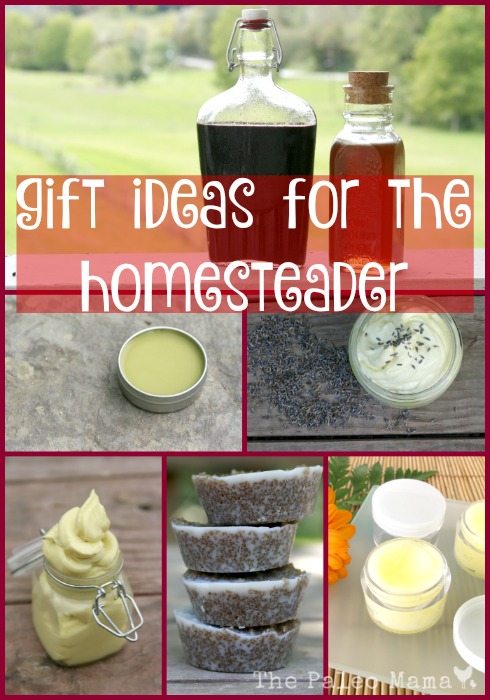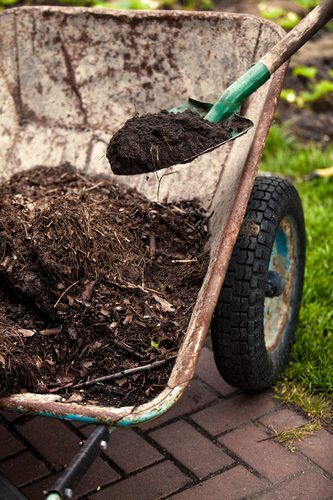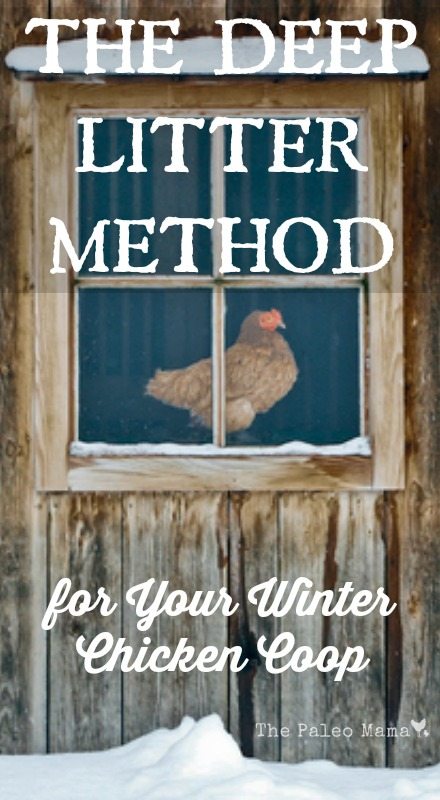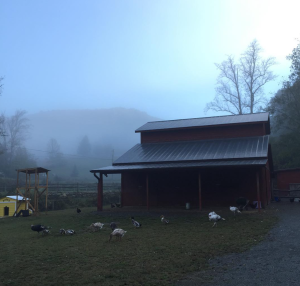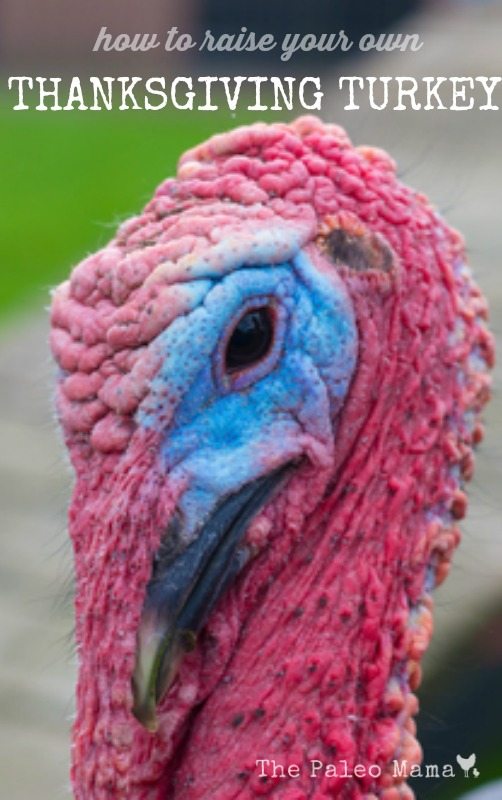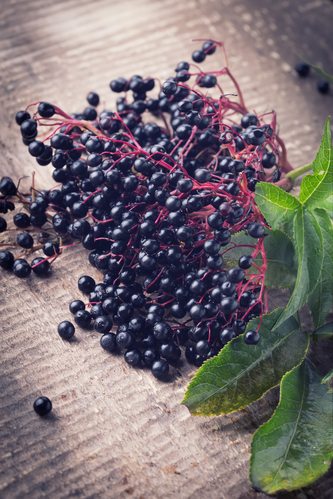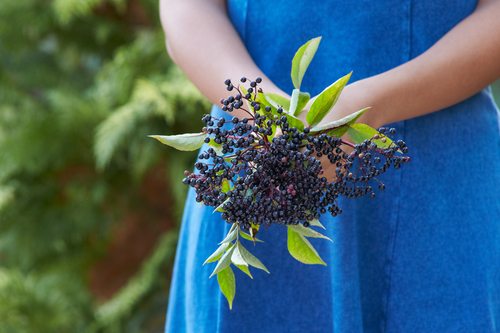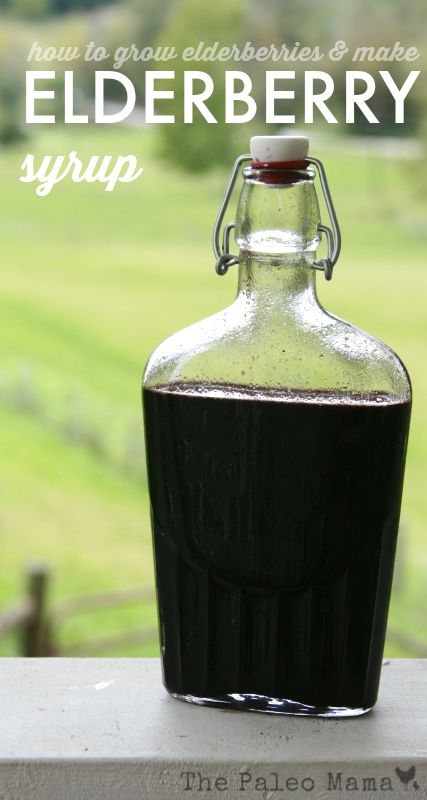
You all know how passionate I am about natural living, DIY recipes, and essential oils. I’ve been using essential oils for nearly 10 years, but it wasn’t till two years ago, that I found dōTERRA. I’ve pushed back writing this blog post for over a year now, because of various reasons and fears, but it’s about time I step out in boldness and share with you my journey to diamond in dōTERRA (I’m Blue Diamond).
This month I saw a renewal fee in my monthly dōTERRA order and waves of emotions came over me. I sat there in my bed in the early morning, coffee in hand, rooster crowing outside, and tears flooded down my cheeks. The past two years of my life have been life-changing for me.
Many of you know my story and how far I have come, but to keep my thoughts organized, I’ll be discussing these things:
- Why I chose dōTERRA
- Why I was drawn to the business side of dōTERRA
- The unbelievable compensation plan
- The MLM challenge
- My financial freedom and becoming debt-free
- The opportunity of dōTERRA for ANYONE
Why I Chose dōTERRA
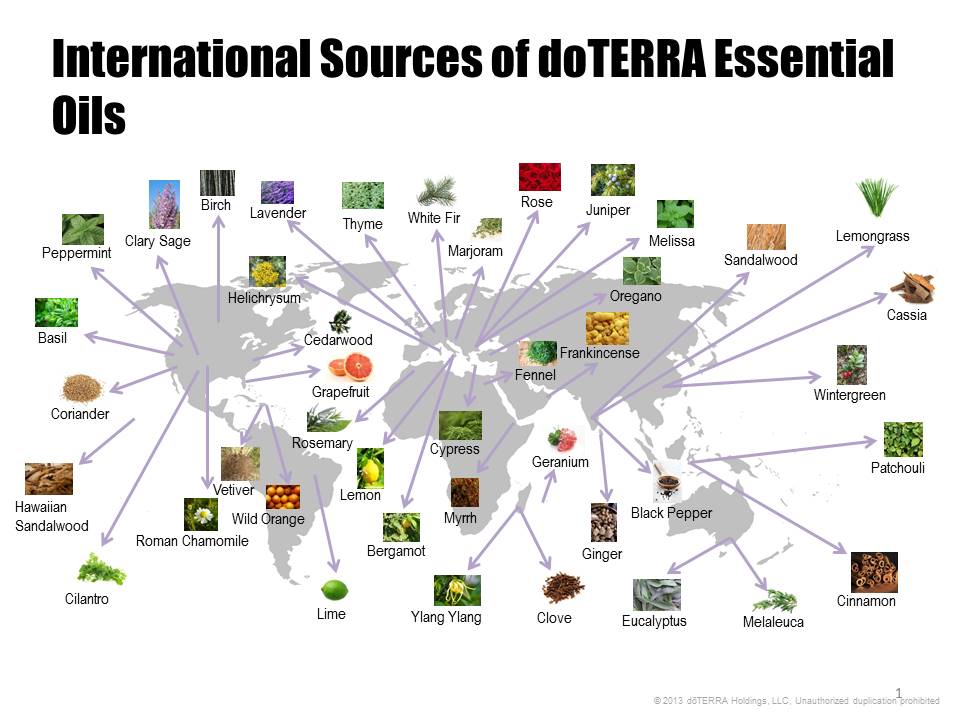
Like I said before, I’ve been an avid user of herbs and essential oils for many, many years. However, it wasn’t until that dōTERRA showed up on my radar that I truly understood the dire need for using essential oils that are not only very pure, but oils that have an impact of how and where they are sourced.
The “International Sources of dōTERRA Essential Oils” map shows you the many places that dōTERRA is sourcing their beloved essential oils. Where a plant is grown has a major impact on it’s constitution, which then determines the potency of the plant. Additionally, harvesting the right part of the plant at the right time is a major determiner in the quality of an essential oil (1).
This short video on dōTERRA’s impact they are making around the world with their sourcing methods, speaks volumes.
Next, I loved their testing methods. dōTERRA has an internal testing standard that they labeled as “Certified Pure Therapeutic Grade”. You see, my skeptical brain has never believed in labels so it took me awhile to understand what this standard really meant.
Be aware, my friends, that just because something is labeled “therapeutic“, does not mean it’s the best purity or quality. There are many essential oils on the market that deem themselves as being “therapeutic-grade“, yet there quality is poor. While many companies promote their own therapeutic grade standard, one should be aware that there is no universally accepted independent body that certifies essential oils as therapeutic grade.
dōTERRA’s mission is to have the purest oils on the planet so they created their own internal standard. They want to be able to test all the oils they are getting from all over the world and make sure they were indeed pure. Why in the world would dōTERRA source their oils all over the world and not just do what most other companies do and grow them in one spot and slap on a “therapeutic-grade” label? It’s cheaper to grow them all in one place, but dōTERRA is true to their mission of having the purest and most potent essential oils on the planet.
After learning all this and then seeing their testing protocol, I must say, I was impressed. Here’s the 8 ways they test their oils:
- Organoleptic testing
- Microbial testing
- Gas chromatography
- Mass spectrometry
- Fourier Transform Infrared spectroscopy (FTIR)
- Chirality testing
- Isotopic analysis
- Heavy metal testing (2)
And none of this amazing information with dōTERRA would have mattered to me if I didn’t actually see a difference in my life while using them.
I purchased the cheapest starter kit (big mistake) and started incorporating them into my family’s life. I actually felt comfortable using this brand on my small children, on my body, and in my home. I saw, smelled, and felt a drastic difference using dōTERRA, instead of all the other brands I had in my pantry. In fact, I still have those “other” brands and will let people smell the difference between the different brands.
Why I was drawn to the business side of dōTERRA
I didn’t purchase my dōTERRA starter kit because I wanted to share or sell the oils. In fact I told my friend I enrolled with to just “leave me alone“…in much nicer words though.
But after feeling such a difference using dōTERRA, I couldn’t stop talking about them. I even swapped out some old blog links on recipe posts using essential oils and added a link to my little “landing page” I made.
And the next morning…I had quite a few enrollments! I had no idea what I was doing, nor did I even care how much money I had just made, but people were buying starter kits through me and HOLY COW, I better figure the “business part” of dōTERRA out.
So, here’s the low-down on why dōTERRA has the absolute best compensation plan in the world because I know some of you really want to know.
dōTERRA is on the left of the diagram and the direct sales company standard is on the right.

- dōTERRA’s unilevel compensation plan is paid on seven levels (or more) of referrals. You can see the seven levels on the diagram I made.
- You receive a percentage of sales on each level.
- The x3 is the average amount of people who are on that level and the average earnings you will make
- The earnings grow the further down you grow
- You earn the LEAST on the LEAST(people on a level) and the most where the most people will be on your levels. This is so true! The majority of my team is on my 4th-7th+ levels and I’m earning the most percentage of commission.
- Most companies reverse this percentage payout and pay you the MOST on the LEAST (people in your levels) and the LEAST on the most. Shame!
- This means, if reversed (like most direct-sales companies) that you would be making $20,000 less per month.
Since most direct-sales companies pay you 7% on your first level and 2% on your 7th level, this does not encourage the desire to grow deep in your organization. You probably would want to keep everyone on your first level since you would be making the most on them. What kind of teamwork and growth does that encourage? None, in my opinion.
dōTERRA not only pays you through unilevel commission, but 5 other ways as well: fast start bonuses, power-of-3, retail, preferred membership, and leadership pools. Read more here for explanations and more details. I recommend anyone looking into creating an income with a direct sales company, to take a good look at their compensation plan and see it lines up with dōTERRAs.
The MLM Challenge
The multi-level marketing companies of today are not the same of our parent’s generation. The ones that are legitimate are NOT a get-rich-quick scheme…it’s hard work!
What I love about direct-sales and legitimate MLM’s is that you get to purchase a product from another person, often another mom like myself, rather than from a big store. It’s very similar to buying local and supporting your farmers…this time you are supporting your friends and family.
I, personally, swore I would never be part of a MLM, but dōTERRA is so different and I love these oils and use them every, single day. I’m passionate about sharing them with the world around me.
In just two years, I have been able to completely surpass my husband’s income, making well into six-figures, retire him and bring him home to be with me and the kids, and I’ve empowered many others to make better choices for their health and wellness.
I would rather people tell me no, then to never share something that I believe in wholeheartedly.
Financial Freedom and becoming debt-free
My purpose in sharing about dōTERRA isn’t to get a yes, an enrollment, or hit a new rank. My primary goal in sharing about dōTERRA with others is to help them find natural solutions PERIOD.
My purpose is to help others experience the abundance and financial-freedom that we experience everyday. We are living our dreams because we laid down a pipeline the past two years and stopped hauling all those heavy and frustrating corporate buckets.
You are going to work hard in life…and if you have a dream, like we did, then you might as well work hard building your dream, instead of your bosses.
When I started sharing dōTERRA (never selling) we were heavy in debt but working towards becoming debt-free following the Dave Ramsey method.
In the early leadership ranks of silver and gold, I was able to help pay off a few thousand dollars a month to whatever debt, or bill, we were working on getting rid of. All my money from dōTERRA went to paying down debt. We were so adamant about getting the monkey of debt off our backs and determined to make it happen as soon as possible.
We tore up bill-after-bill and when I hit the rank of diamond 8 months after I started sharing dōTERRA, we WERE DEBT FREE!
At diamond, I started bring in an extra $15,000 a month and that was when my husband and I started talking about him coming home and working with me. We started dreaming again and then we started living our dreams!
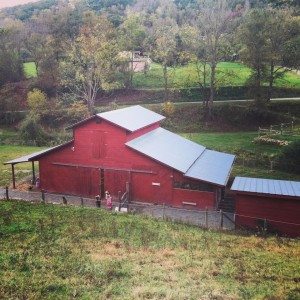
You see — our dream was to live in the mountains and have a farm. We wanted to homeschool our kids and live a life of freedom. We wanted to travel the world and because of dōTERRA we have been to Jamaica for free and in January of 2016, we are headed to the Dominican Republic for free.
My focus turned to leadership development within my dōTERRA team and training them to share from there hearts. I wanted this so bad for my team and for the people on my team who needed this financial freedom.
Three months after hitting the rank of diamond, I was recognized for achieving the rank of blue diamond…one year after I purchased my wonderful starter kit and told my enroller to “leave me alone“.
Then my dreams unfolded. We bought the house (errr…farm) of our dreams. My husband quit his busy corporate job. We worked less and were way happier!
We put in about 20 hours each to our business these days and it’s wonderful. I have time to homeschool our kids, travel, and buy any farm animals that my heart desires. The best part? I give more and that is the most beautiful thing of all.
The opportunity of dōTERRA for anyone
If you have a passion for serving others, and want to use your God-given talents and gifts, and believe that YOU ARE WORTH this, then you can do dōTERRA.
You don’t have to be a doctor, an aromatherapist, or an expert sales person…the world has enough of those. The world needs people who are willing to put down their agenda and just sit down and listen.
The world needs people who are leading with their heart and not their pocketbook.
The world needs people who want to empower others to have the answers at their fingertips.
Freedom comes when you decide to stop living someone else’s dream and decide to live your own dream.
Do you dream of a rustic red barn, milking goats in the morning light, and making your own butter? I did…and I made it happen.
Do you dream of staying home with your kids, your newborn?
Or do you simply dream of living an abundant life where you can be a blessing to others?
The world needs more people who are financially free. I make more money so I can give more money. I invest my money back into my children, my business, and into my future.
I don’t want to end this post by saying, “sign up with me so I can change your life” because I can’t. The decision to change your situation is up to you and you don’t have to join dōTERRA to do that. However, dōTERRA is an incredible tool if you choose to be a part of it…and it’s not going anywhere.
If you are interested in the opportunity of building a business with doTERRA, please email me at jackie@ritzessentials.com and I would LOVE to talk with you and help answer any questions you might have!

References:
- https://www.doterra.com/en/ourProducts/sourcing/coImpact
- https://www.doterra.com/en/ourProducts/sourcing/testing
- https://www.joomag.com/magazine/mag/0599302001443815720?feature=archive
- https://www.doterratools.com/documents/Compensation_Plan.pdf
- https://www.doterratools.com/documents/2014_Opportunity_and_Earnings_Disclosure_Summary.pdf

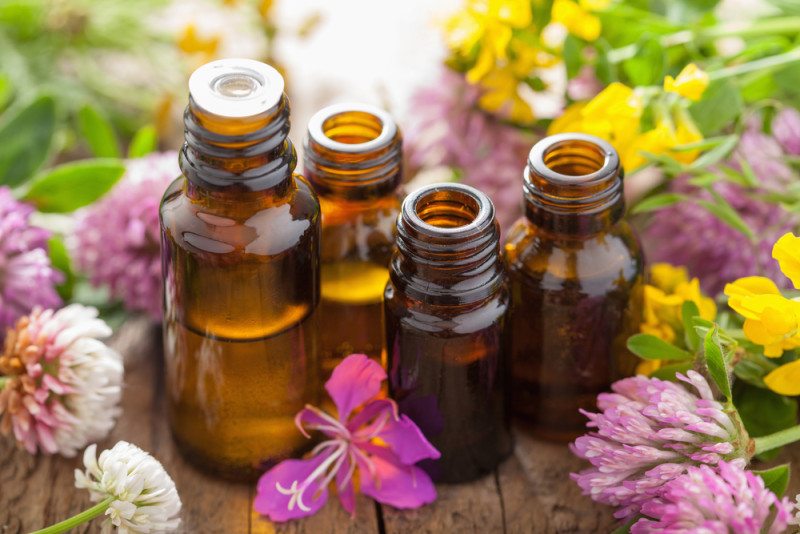 I LOVE LOVE LOVE dōTERRA and would love to help you get started using
I LOVE LOVE LOVE dōTERRA and would love to help you get started using 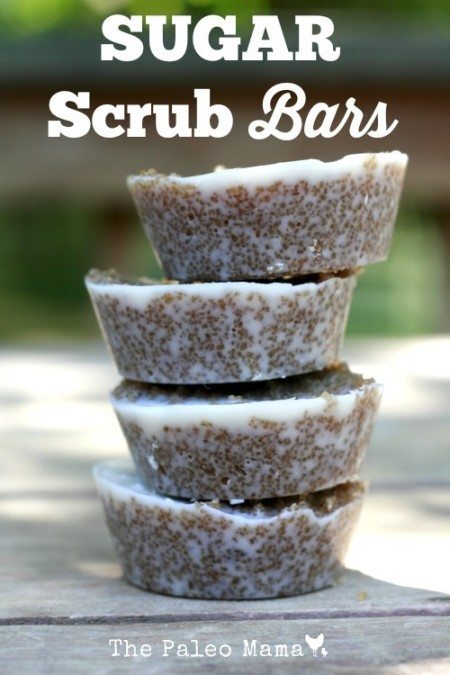
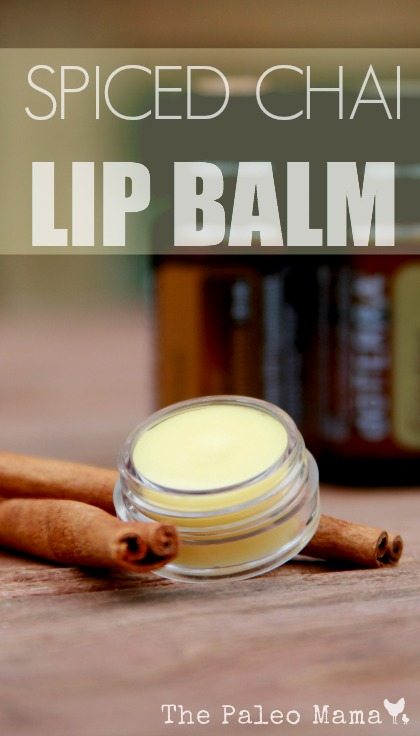
 Now we eat dinner at the table as family and then we slowly
Now we eat dinner at the table as family and then we slowly 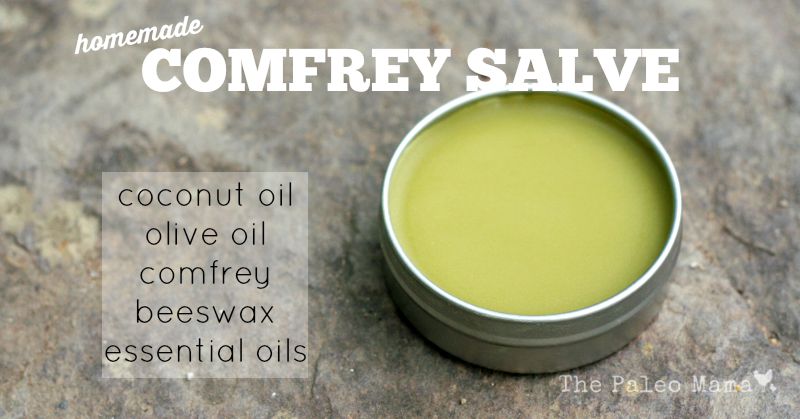
 Since I have made the switch to using wool dryer balls, instead of dryer sheets, my pocket-book is much happier, and so is my
Since I have made the switch to using wool dryer balls, instead of dryer sheets, my pocket-book is much happier, and so is my 